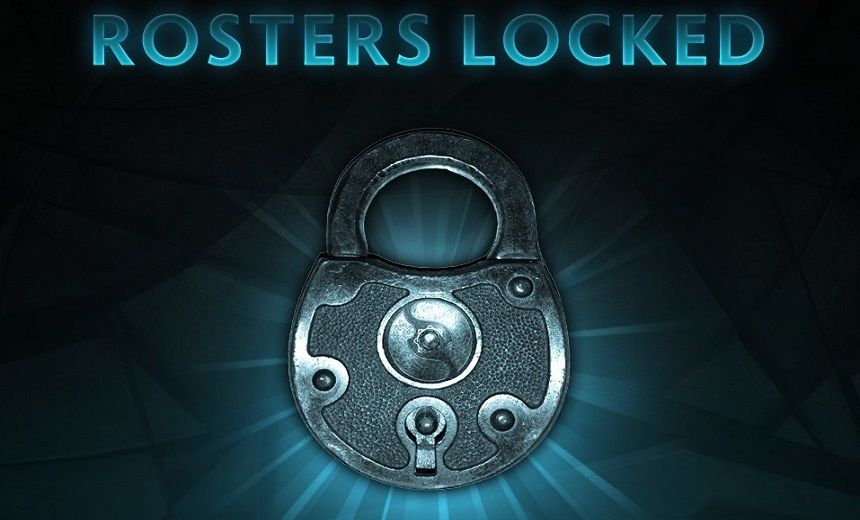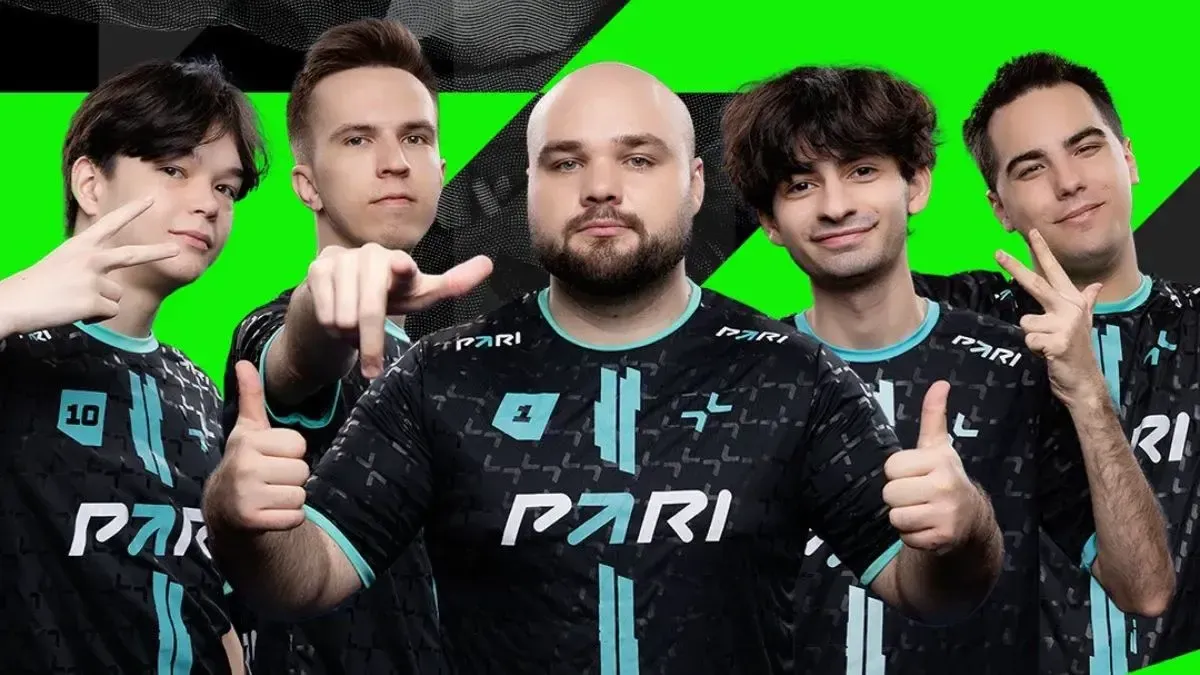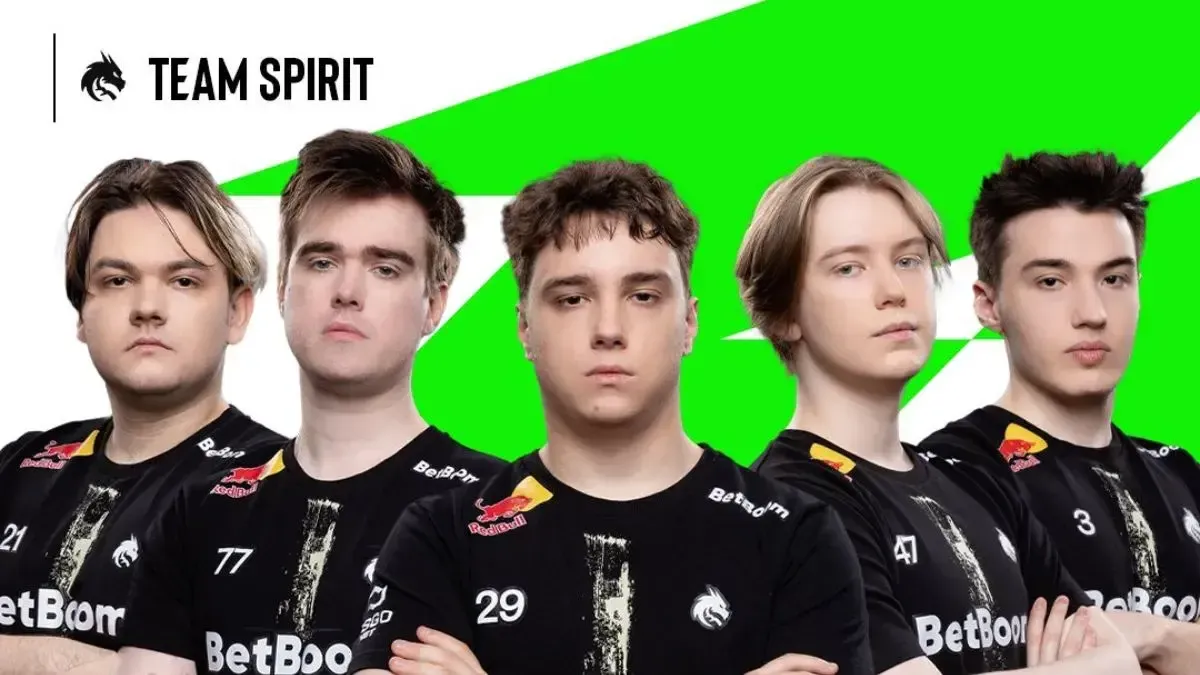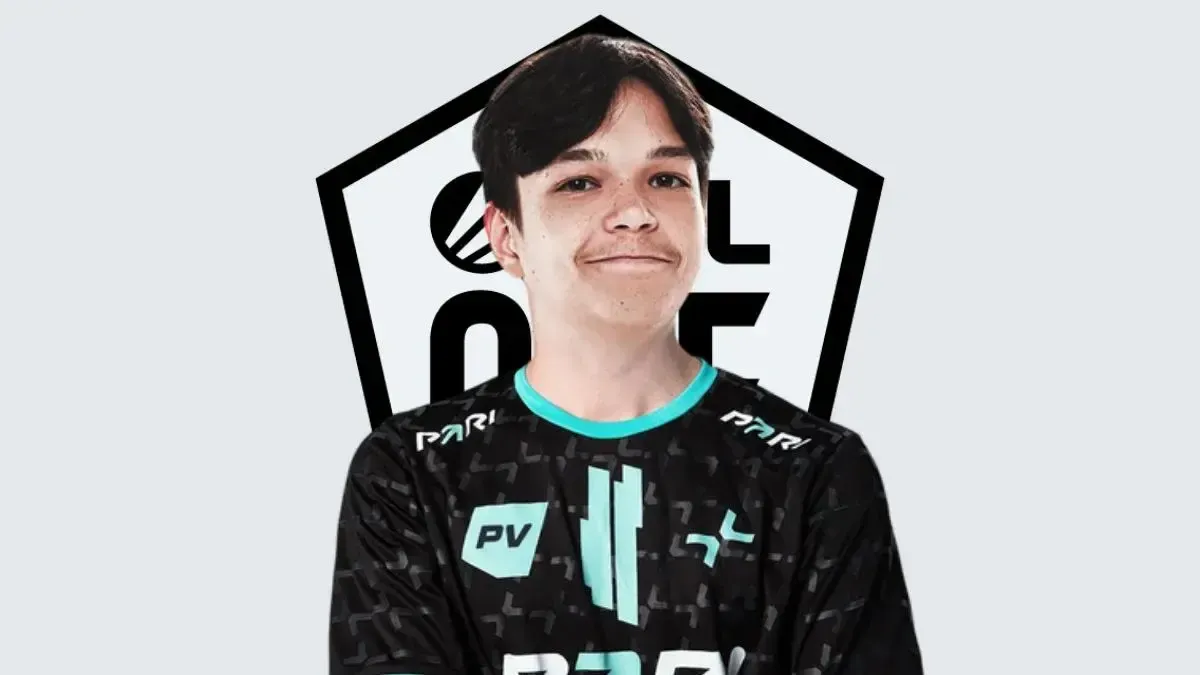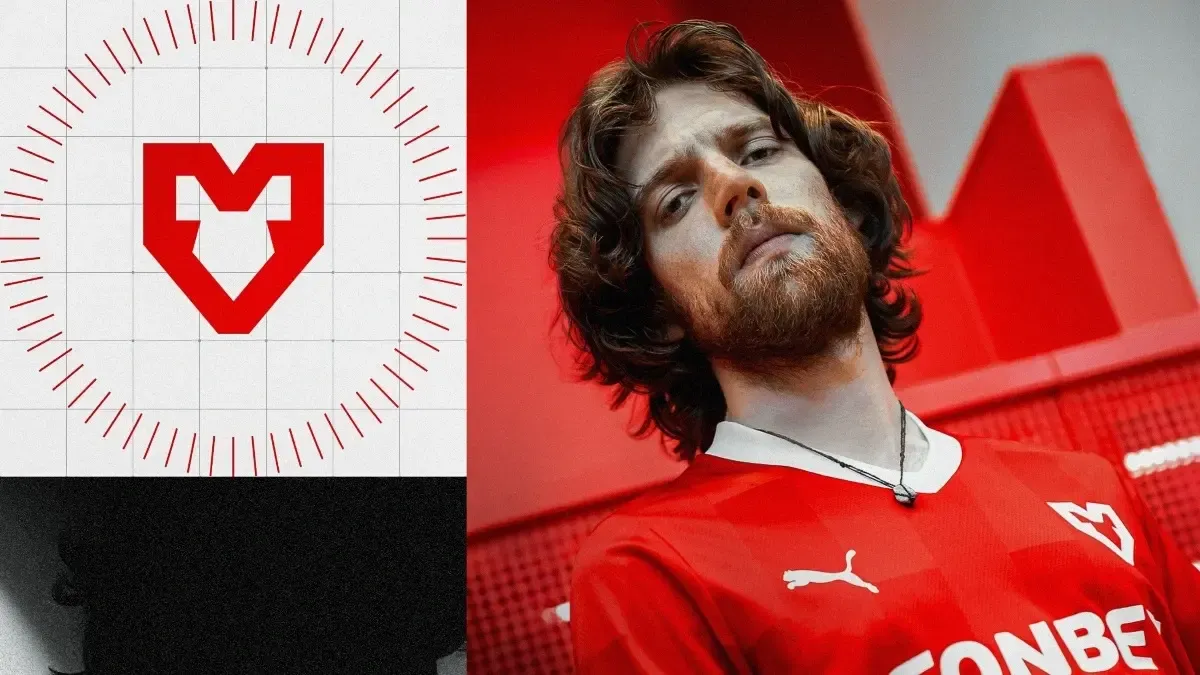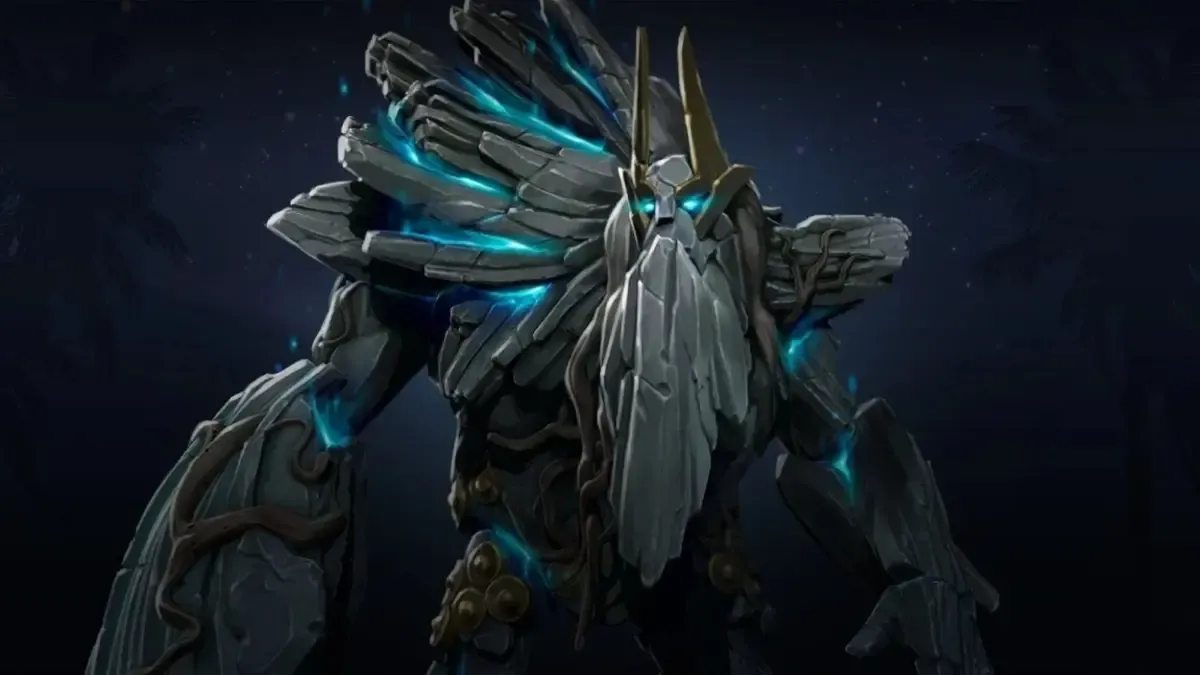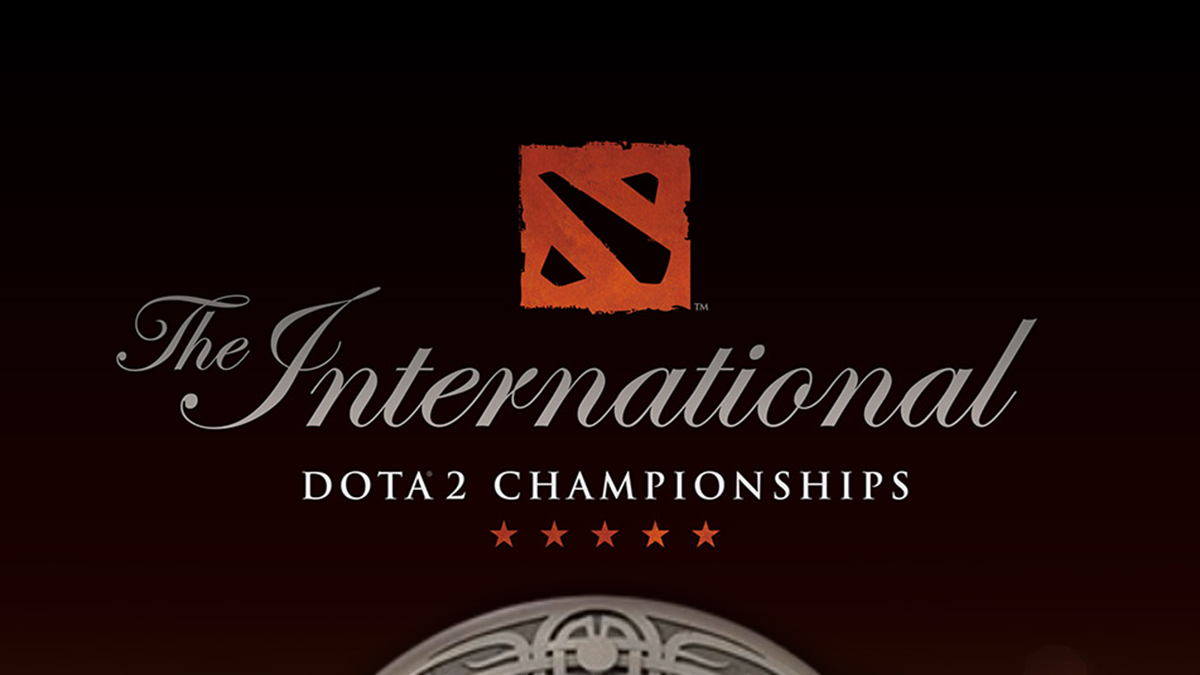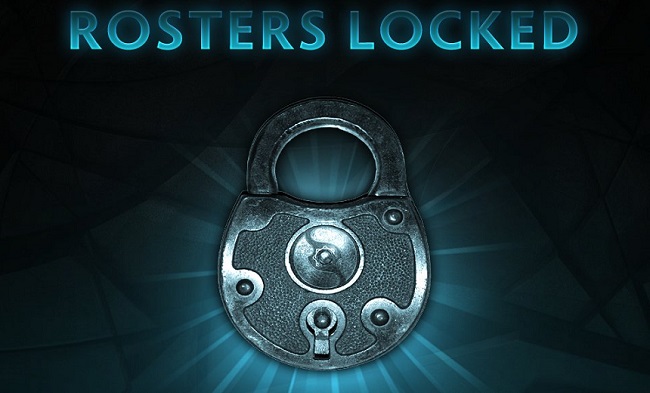
This week, Natus Vincere joined the ranks of professional teams to break the second Roster Lock of the current Dota 2 Pro Circuit (DPC) season. So many teams have shuffled players to try to find the perfect five-player combination that I have to ask: what has the Roster Lock accomplished this year?
Valve introduced roster locks in 2015, in time for the first Valve Major: the Frankfurt Major. The basic concept has remained intact over the last two years: teams must register a roster before a specific date, and only that roster is eligible for direct invitations to Valve Majors, the International (TI), and their Regional Qualifiers. With the inaugural DPC season, the Roster Locks were tweaked to accommodate the points system (see this article for an explanation of the full system), and invitations to the Minors and Majors were opened up a little bit. The foundation of the system remains to play with a roster registered by the second deadline (February 5th, 2018) to qualify for direct invitations to TI or its Regional Qualifiers.
And as we all know, TI is the only goal in Dota 2.
While I won’t pretend to know what Valve wanted to accomplish with the Roster Lock system, there are some obvious benefits to locking rosters, and I’ve certainly heard plenty of speculation about motivations for the system.
Why Lock Rosters?
Player protection and stability have frequently been cited as motivation for the Roster Lock system. Previously, Dota 2 was notorious for having one roster qualify for a tournament and then a different roster competes in said tournament. I assume this was bad for organizers, and it was certainly frustrating for fans and, presumably, those players who were replaced in the lineups.
Much has been written about organizations that have dropped players, leaving them stranded before big tournaments, especially the International. The Digital Chaos roster formed before TI6, is a famous case of players who were last-minute free agents. They banded together to make a Cinderella-story run to second place at TI6. Of course, they’re notable and memorable because they had such an unusually successful run.
To a degree, Roster Locks have succeeded in reducing these shenanigans. Valve’s rules require the team that qualified to be the team that plays the tournament in the DPC, with a rule for earning diminished qualifying points if one player is swapped. We’ve seen some teams playing with substitutes, but these have tended to be due to travel document or health issues rather than a last-minute roster change.
That said, there have still been some notable swaps. Infamously, Khoo “Ohaiyo” Chong Xin was dropped from Fnatic after helping that team qualify for ESL One Katowice 2018. While Ohaiyo had three weeks to look for a new team before the Roster Lock rather than merely days, the roster change was still an uncomfortable and unsettling moment in the DPC this year.
In terms of broader scene stability, I’m not sure this system has been effective at all.
The Roster Lock does ensure that teams with enough points to earn a direct invite to TI8 cannot be formed at the end of the season, creating a sense that all eight directly invited teams have earned their invitations. However, of the twenty-two still-active teams to acquire DPC points, ten have changed their rosters since February 5th’s final deadline.
Unfortunately, teams have still seen fit to split apart when success seemed out of reach. While forming a new team means jumping through that additional hoop of Open Qualifiers, for many players, this is more desirable than staying with a team they do not believe is competitive enough to qualify for or succeed at TI. As it is, there are some regions that may have a hard time filling out TI Regional Qualifiers with credible professional teams. We’re almost certain to have more than two Open Qualifier spots in some regions, as well as to see some teams that we’d expect to make it to the Regionals get knocked out during Open Qualifiers.
Alternatives
I’m confident Valve will tweak both the general DPC rules and the Roster Lock system specifically for the next season of the Circuit. There are lots of potential directions Valve could go, including:
- More locks for more opportunities to shuffle, including a freeze on rosters closer to TI.
- No locks so players aren’t penalized for trying to set-up their best opportunity to attend and win TI.
- Bigger team rosters so there’s less pressure on five people to fit together perfectly for the entire roster lock period.
- More extensive ruleset to incentivize teams to stay intact
I’m sure there are other potential alternatives to the current system. Some of my suggestions, particularly bigger rosters, and a more extensive ruleset would require big changes in the fundamental ways we conceive of Dota 2 teams and how they should be formed and function. We flirted with a substitute player system earlier in the Roster Lock system, but no players want to be benched for the majority of the season. We also emphasize the intimacy of the five-player roster and the necessity of being able to predict the actions of your teammates. It seems harder to make those connections with a larger roster, and while flexibility in roles and hero pools is desirable, there's a much lower emphasis (read: none) on roster flexibility.
I do think that the ruleset for Roster Locks, and the DPC more generally, could be more extensive to clearly and fairly establish all requirements and consequences for teams. There've been some mid-season adjustments and clarifications this year, and I hope moving forward that the ruleset is laid out as completely as possible.
Ultimately, TI’s prominence in the schedule will always make it difficult for players to remain committed to a team (and vice versa) if they don’t feel positive about their TI odds. I hope the next iteration of the DPC includes tweaks to the Roster Lock that will increase the incentives for teams to stay together after the final roster deadline. Open Qualifiers and the possibility for new teams to rise up is an integral part of the Dota 2 scene, which makes hard-locking rosters so that no changes can be made after a deadline, really difficult and undesirable.
It may be necessary to live with a certain degree of instability, but I sincerely hope Valve can find ways to adjust the system so we see more team rosters lasting longer than three-four months at a time.
Let me know in the comments below what, if any, changes you’d like to see to Roster Locks for the 2018-9 season!

